On the afternoon of October 10, the National Assembly Standing Committee gave opinions on the policy of adjusting the National Land Use Planning for the 2021-2025 period, with a vision to 2050.
Presenting the Government's report, Deputy Minister of Natural Resources and Environment (MONRE) Le Minh Ngan said that according to the provisions of the 2017 Planning Law and Decree No. 37/2019, the National Land Use Plan has 28 land use indicators.
Land Law 2024 and Decree No. 102/2024, national land use planning only determines 2 land use indicators by land group and 6 land use indicators by land type.
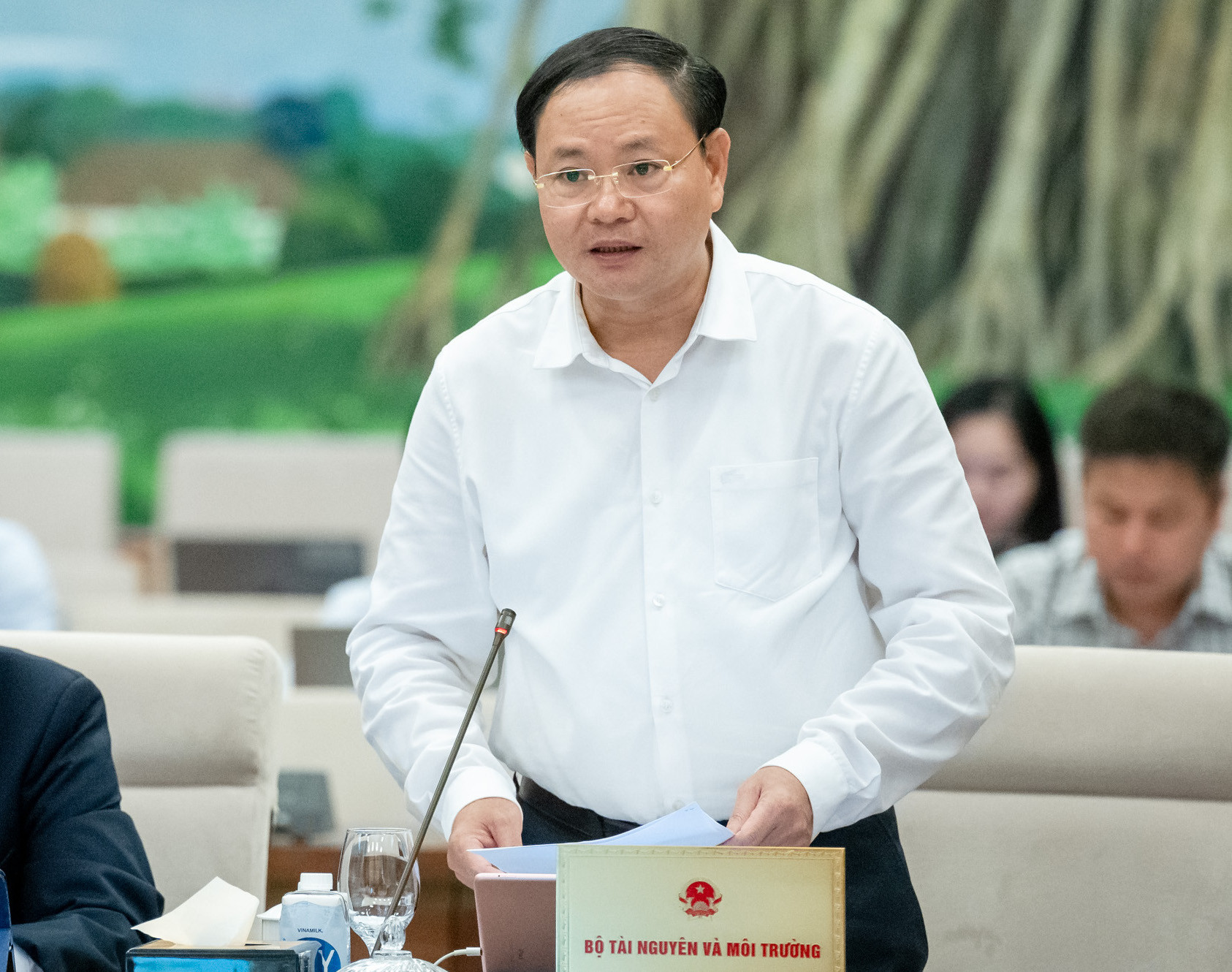
Specifically, the criteria for using agricultural land groups, in which specific criteria are determined for 4 types of land: rice-growing land, special-use forest land, protective forest land, and production forest land are natural forests.
Non-agricultural land use indicators, including specific indicators for two types of land: defense land and security land. The remaining indicators are determined in the land allocation and zoning plan of the provincial planning.
In addition, Mr. Ngan also said that currently, the Party Central Committee has approved the investment policy for the high-speed railway project on the North-South axis with a land use scale of about 10,827 hectares (the Government is expected to submit to the National Assembly for consideration and decision on the investment policy at the 8th session of the 15th National Assembly), leading to increased demand for land use for important national infrastructure projects and works.
In addition, the provincial planning of 61 provinces and cities has been approved, in fact, strictly following the land use targets according to the national land use planning and plan. However, many localities have proposed that the land use demand by 2030 will have a significant increase or decrease.
From this reality, the Deputy Minister of Natural Resources and Environment said that if the national land use planning is not adjusted and supplemented, it will limit the demand for using certain types of land in localities, causing difficulties in implementing key national projects and projects with the potential to attract investment.
Therefore, the Government submitted to the National Assembly for consideration and decision on the policy of adjusting the national land use planning for the 2021-2030 period, with a vision to 2050, at the 8th session of the 15th National Assembly.
Specifically, 8 land use indicators are adjusted, including: Agricultural land group, including: rice land, special-use forest land, protective forest land, production forest land is natural forest; non-agricultural land group, including: national defense land, security land.
People cannot get rich by growing food.
Examining this content, Chairman of the Economic Committee Vu Hong Thanh said that the Standing Committee of the Economic Committee found that the Government's proposal was in line with the requirements of the National Assembly, especially in the context that our country is preparing to implement a number of important national projects in the transport sector such as the high-speed railway project on the North-South axis.
Therefore, the appraisal agency agrees with the necessity of adjusting the national land use planning based on the grounds and contents as submitted by the Government.
However, Mr. Thanh suggested that the Government analyze and evaluate comprehensively, further clarify the causes, and propose solutions to improve the effectiveness of implementing this planning.
In addition, the auditing agency also requested the Government to assess the impact of policies and laws on the implementation of land use indicators; carefully review local land use needs and have appropriate allocation plans; pay attention to maintaining rice-growing land area, forest cover, etc.
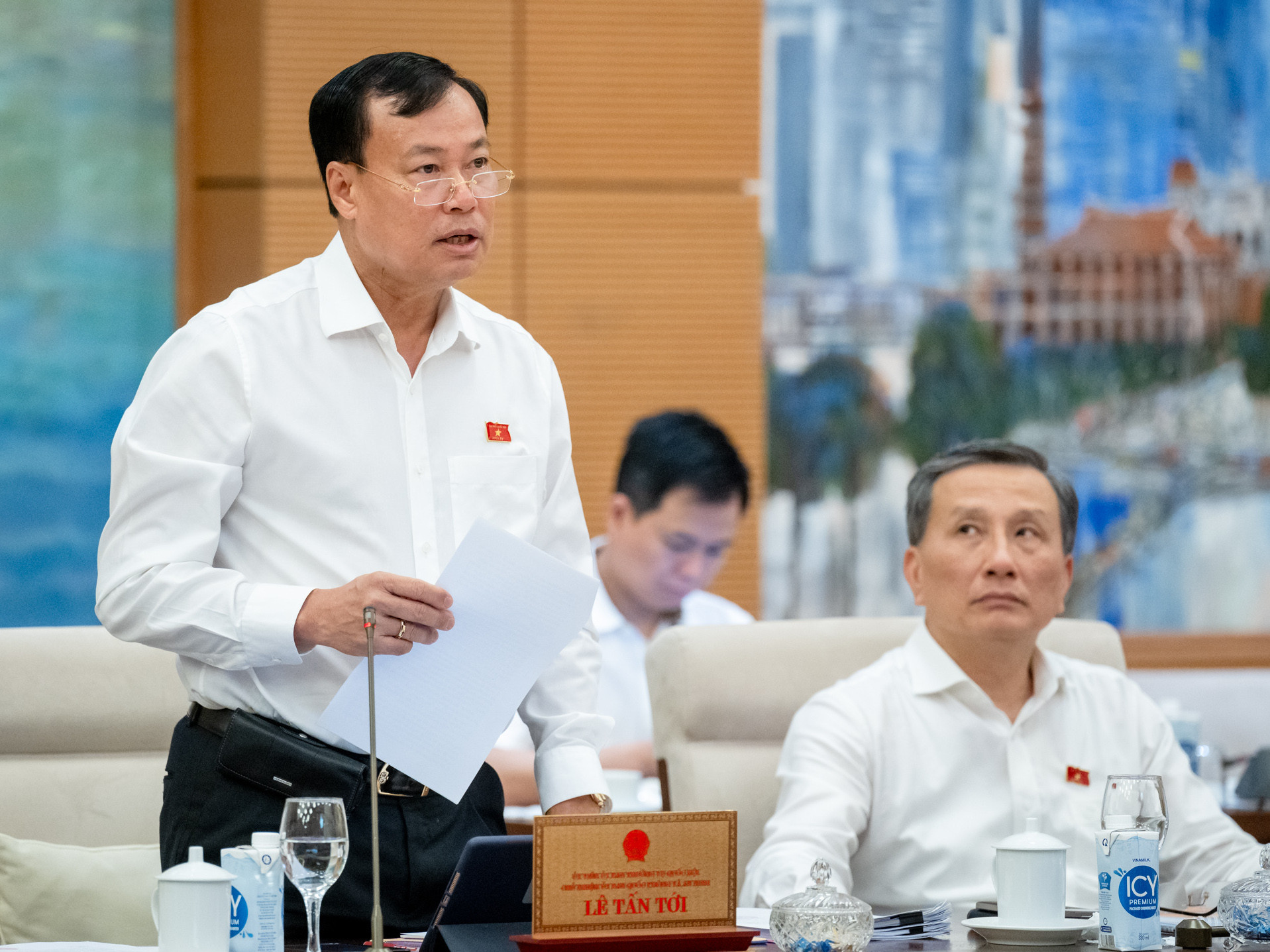
Chairman of the National Defense and Security Committee Le Tan Toi proposed studying rice-growing land in the Mekong Delta in accordance with the socio-economic development of the whole country.
"I think that growing rice is very good, but no country or region becomes rich from growing rice. We have to develop other industries and services," said Mr. Le Tan Toi.
From there, the Chairman of the National Defense and Security Committee proposed to adjust the reasonable allocation of rice land in the Mekong Delta region with other regions and in accordance with the economic development of the whole country.
“During the subsidy period, around 1980, the whole country was lacking food, the Mekong Delta was one of the places that produced food to save other places from starvation. But for the past few decades, the people here are still poor, and growing food does not make them rich,” analyzed the Chairman of the National Defense and Security Committee.
Planning for efficient use
National Assembly Chairman Tran Thanh Man noted that the principle of adjusting national land use planning is to comply with regulations on reviewing and adjusting planning; ensuring land use needs serve socio-economic development goals; and allocating reasonably, economically and effectively.
“Comrades know that land does not expand, there is only so much of it, how can we plan to use it effectively? Our ancestors said every inch of land is worth its weight in gold. How can we use land effectively to ensure development?”, the National Assembly Chairman emphasized.
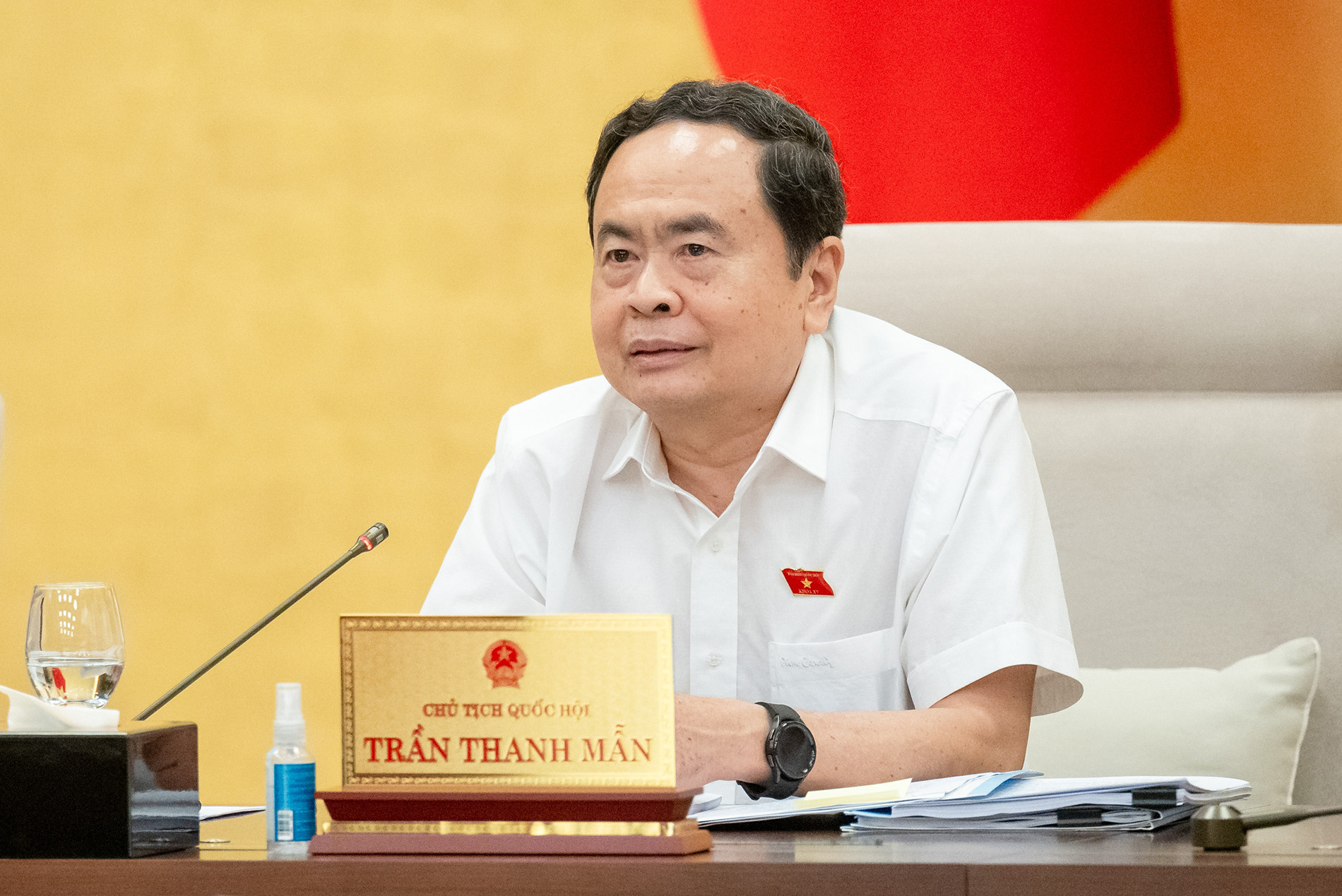
In particular, ensuring the requirements for developing infrastructure systems, food security, water resources, forest coverage rate, ecosystems; well solving social issues, including residential land and production land for ethnic minorities.
“For decades now, food security has been a very important issue in our country. The reason we keep rice fields even though the profit is not much is because of national food security and contribution to international food security,” Mr. Man further analyzed.
Therefore, at any cost, land use planning must take into account food security, water resources, forest cover ratio, and deforestation restrictions.
Deputy Prime Minister Tran Hong Ha added that after the Politburo's conclusion on high-speed railway, national traffic land will certainly increase significantly, while the fields of culture, sports, education, and health have a huge demand for land, especially in urban areas.
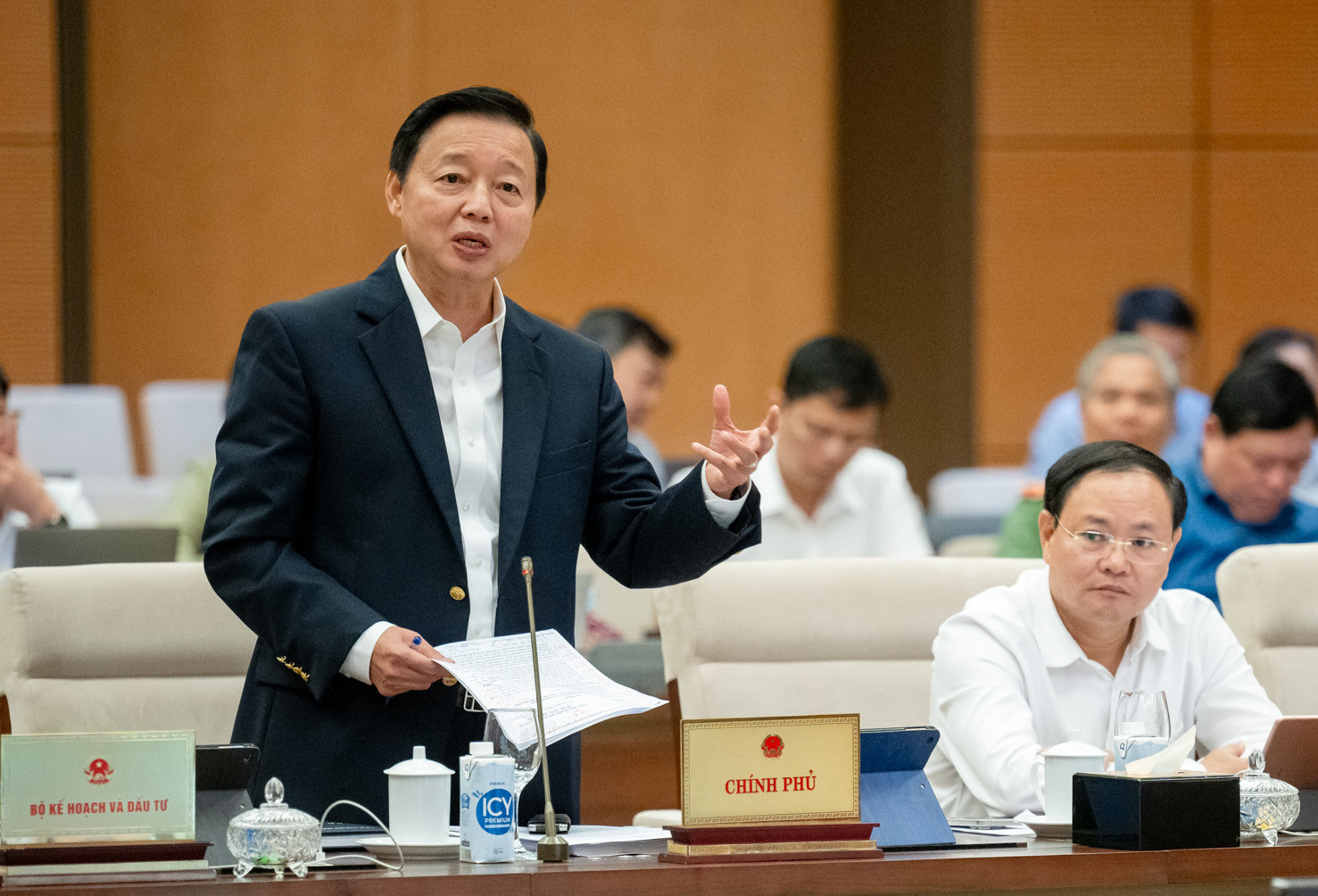
When the National Assembly approves the high-speed railway project, the demand for land for transportation will increase greatly and cannot be taken from anywhere other than 3.5 million hectares of agricultural land and 15.6 million hectares of forestry land.
“But we must study very carefully to ensure food security,” the Deputy Prime Minister analyzed.
Mr. Tran Hong Ha also said that the issue of how to use 3.5 million hectares of rice land effectively is a problem. Currently, it is difficult to find a locality that is allocated a lot of rice land, it is necessary to calculate multi-purpose land to help farmers develop better.
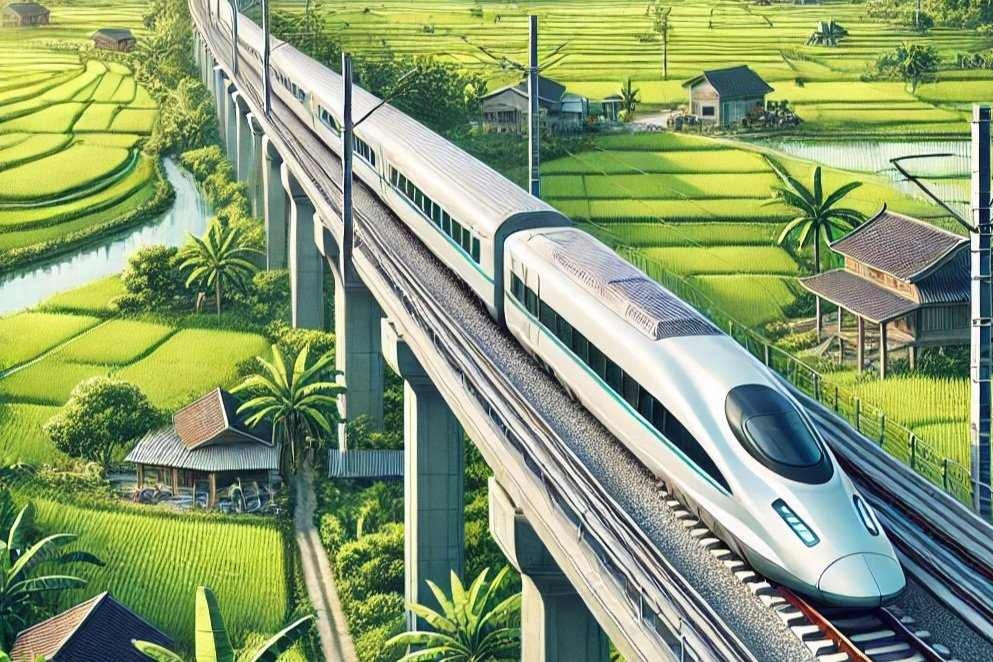
Decisive action to speed up the North-South high-speed railway project
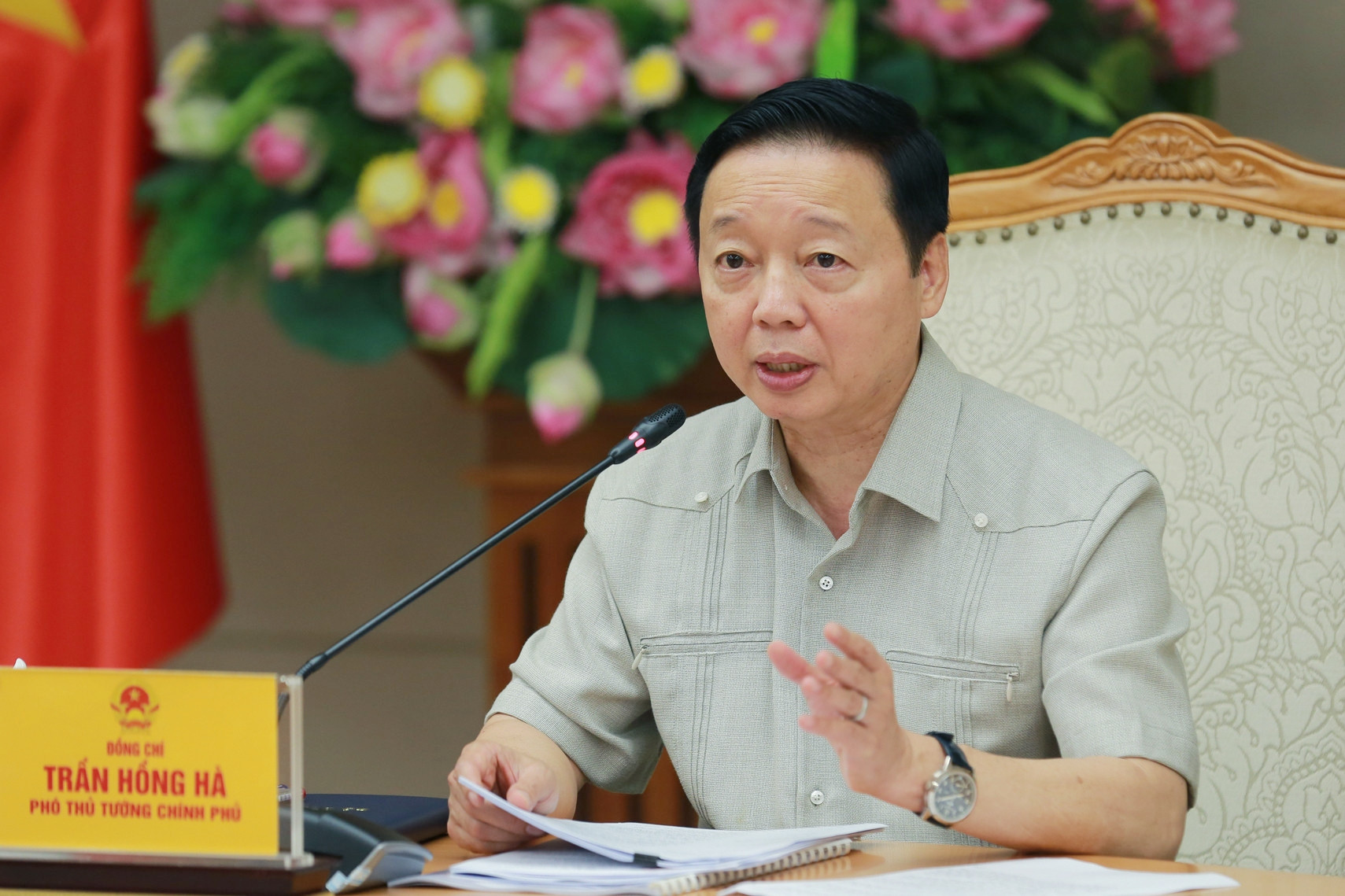
'Cross mountains, build bridges' to build 350 km/h high-speed railway
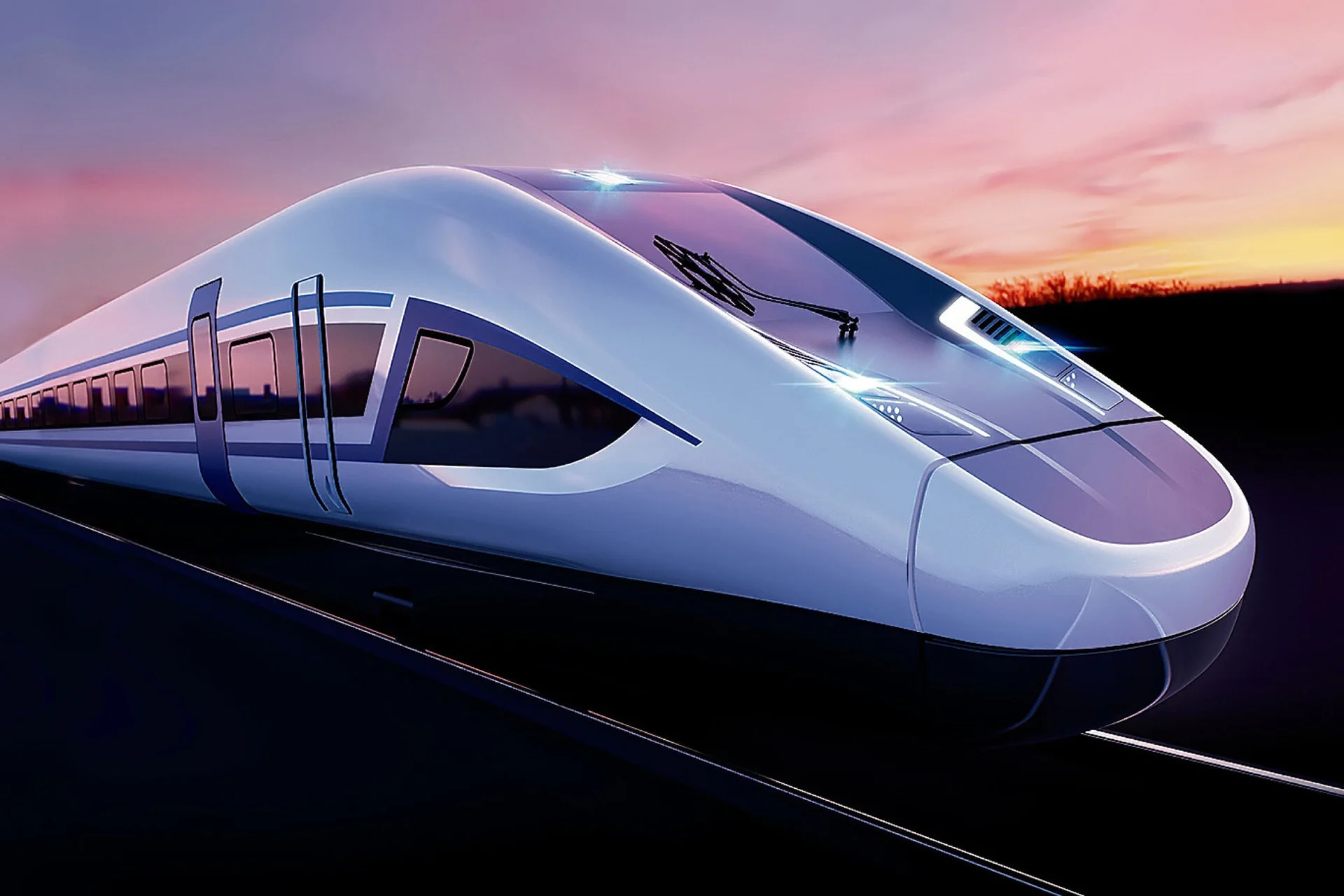
Agree on investment policy for North-South high-speed railway project 350km/h
Source: https://vietnamnet.vn/dieu-chinh-dat-lua-dat-rung-de-lam-duong-sat-toc-do-cao-bac-nam-2330752.html



![[Photo] Ministry of Defense sees off relief forces to the airport to Myanmar for mission](https://vstatic.vietnam.vn/vietnam/resource/IMAGE/2025/3/30/245629fab9d644fd909ecd67f1749123)

![[Photo] Prime Minister Pham Minh Chinh chairs meeting to remove difficulties for projects](https://vstatic.vietnam.vn/vietnam/resource/IMAGE/2025/3/30/7d354a396d4e4699adc2ccc0d44fbd4f)
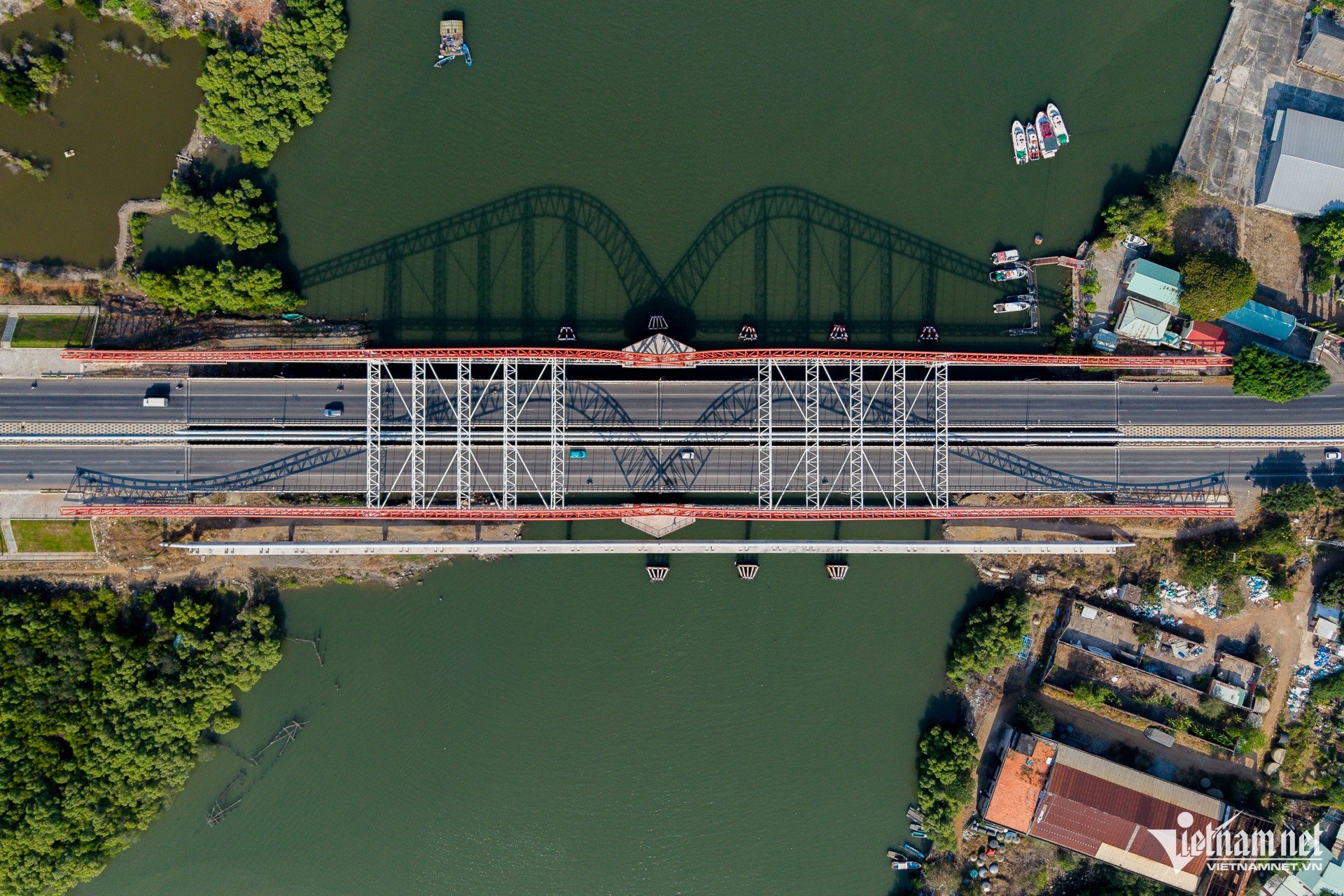
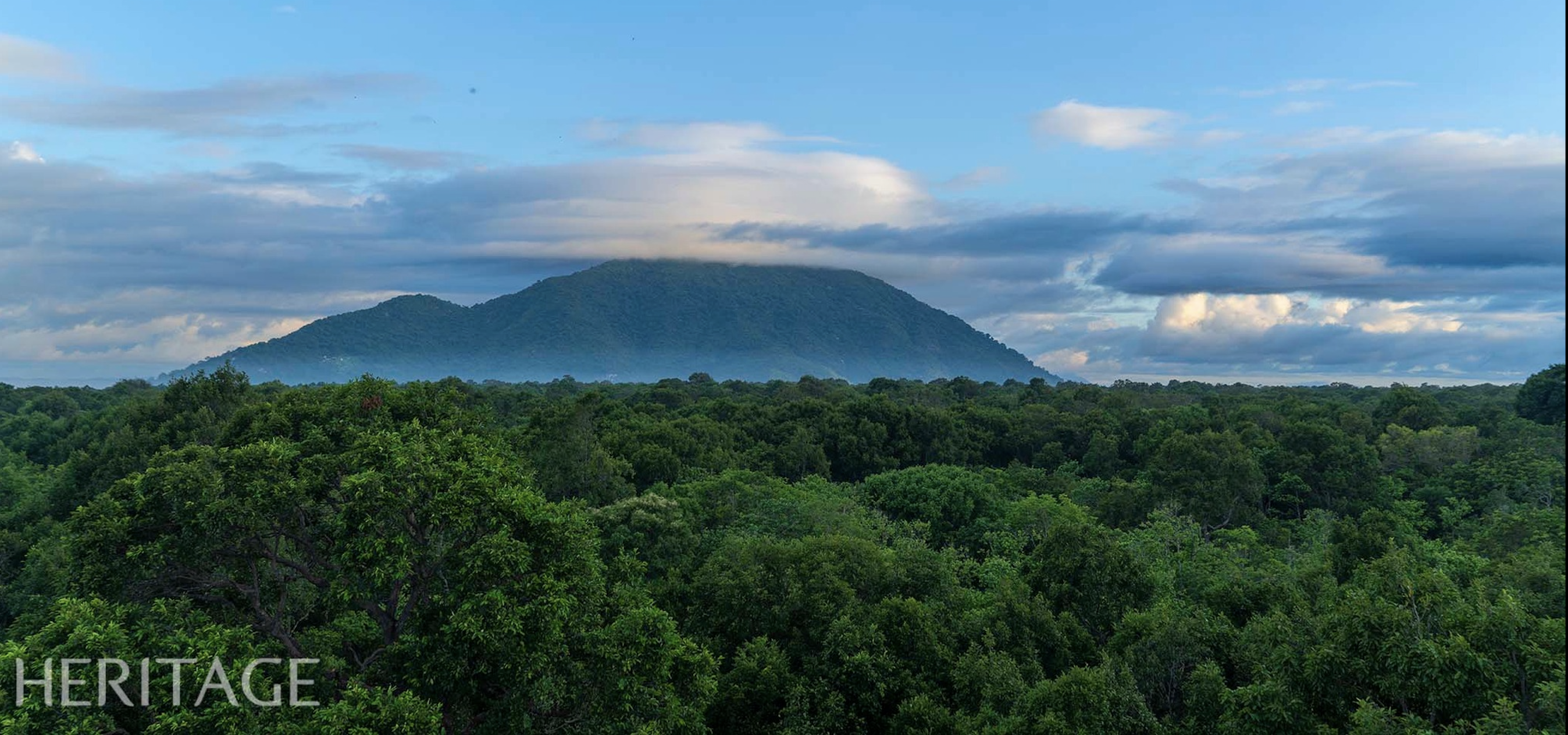
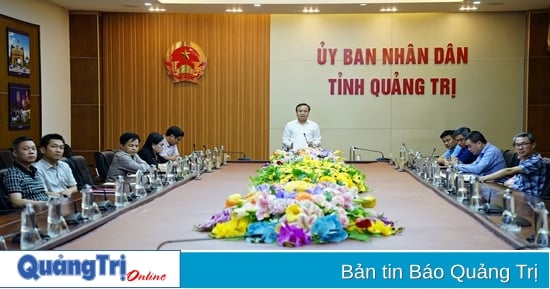

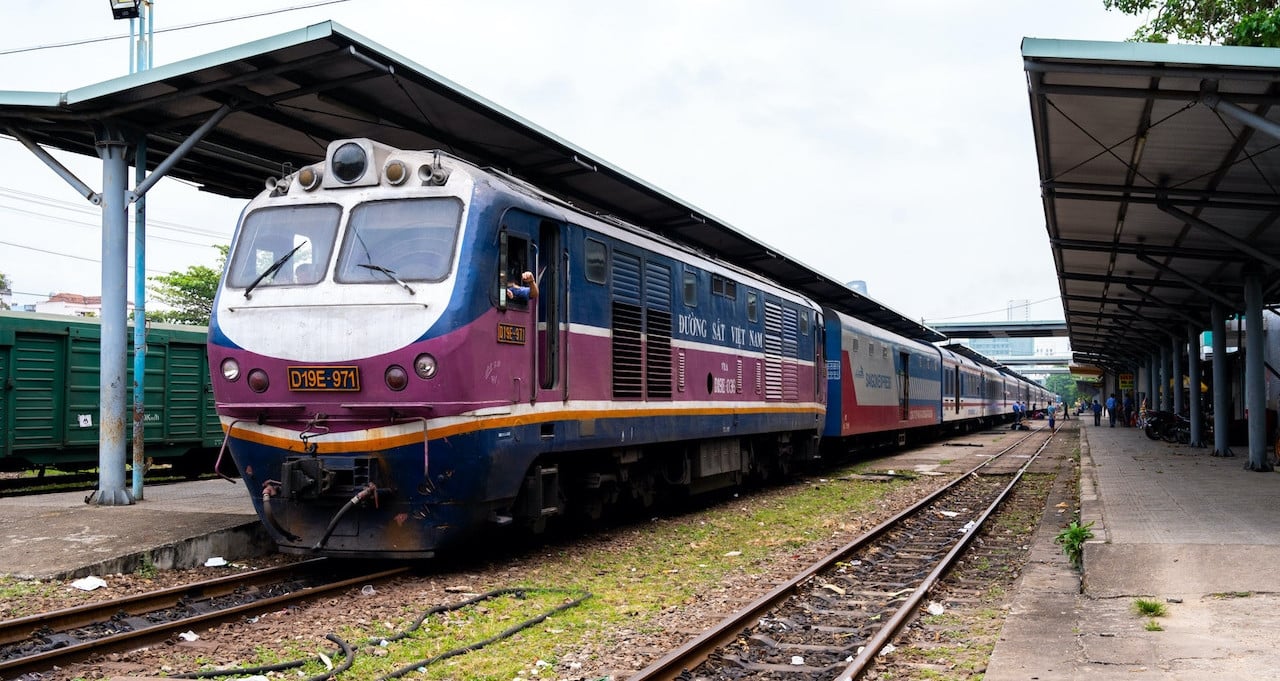
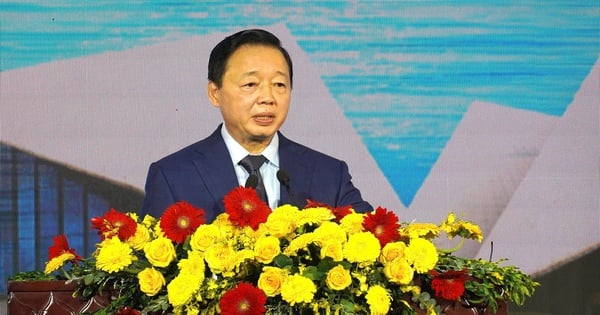

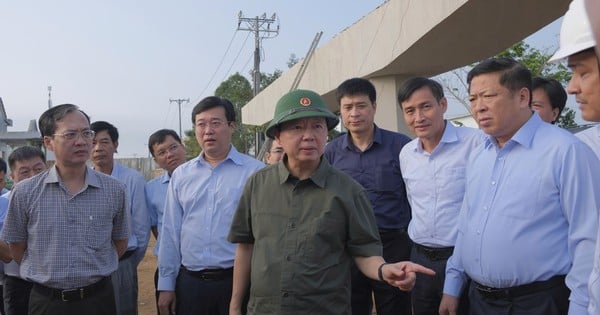

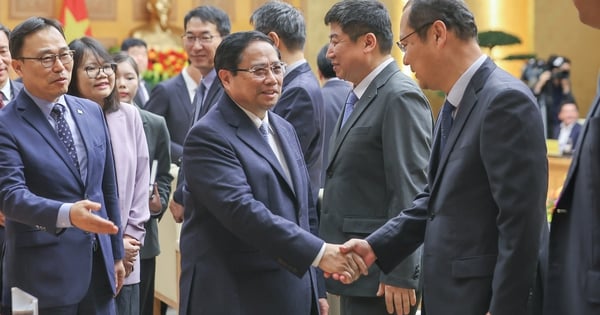

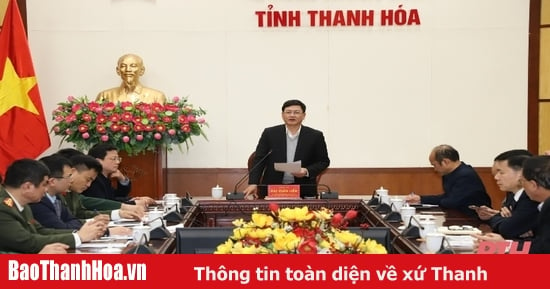

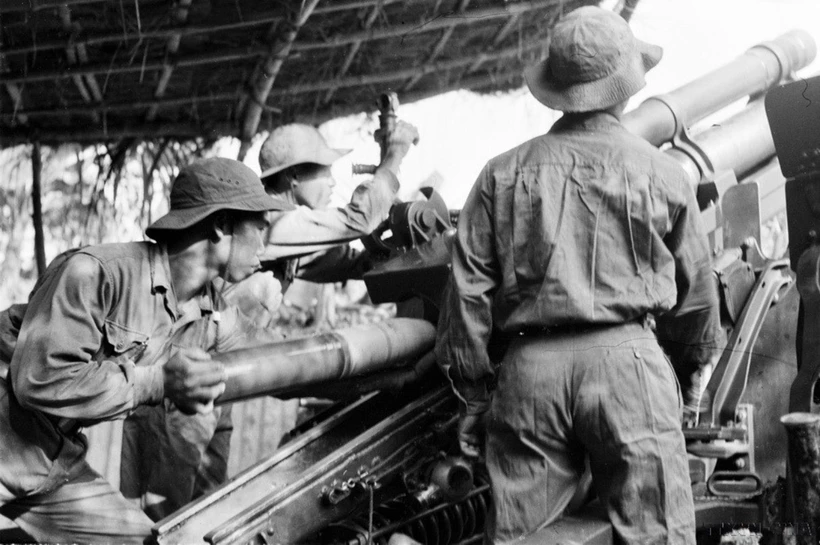
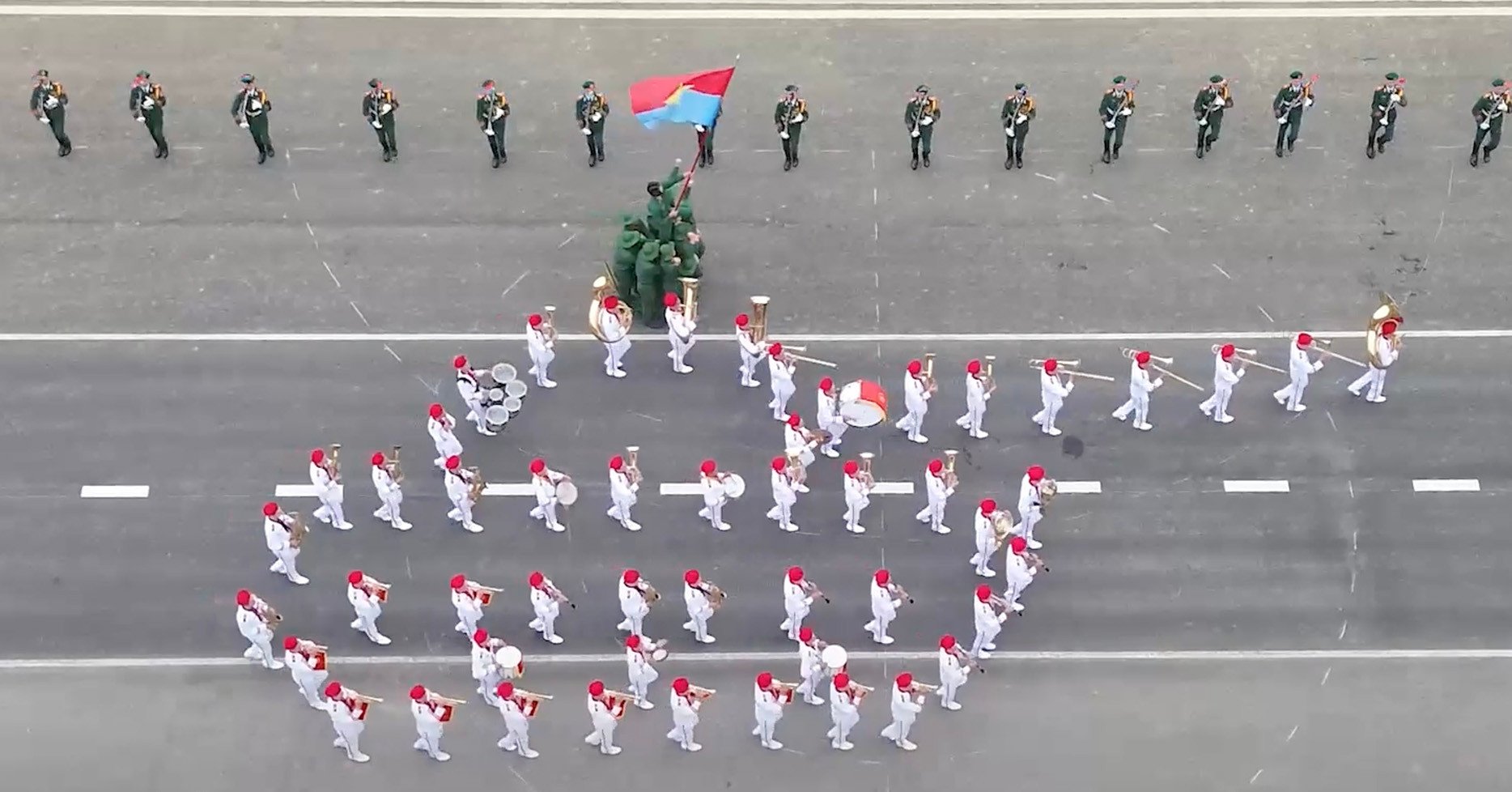
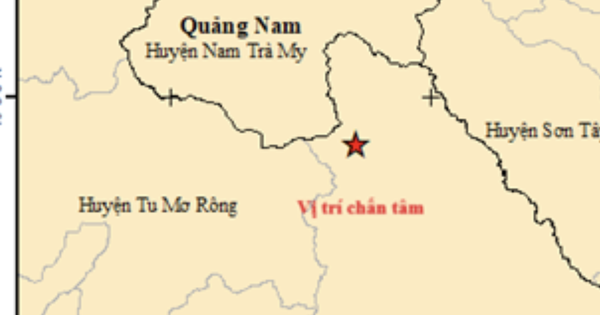
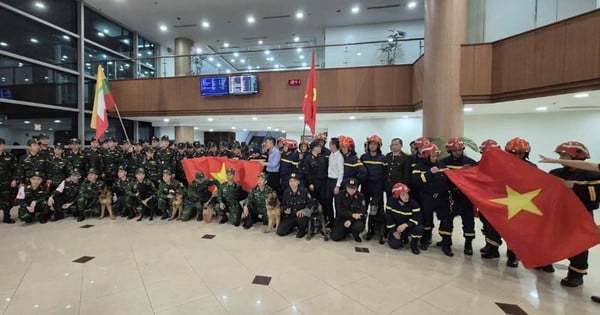
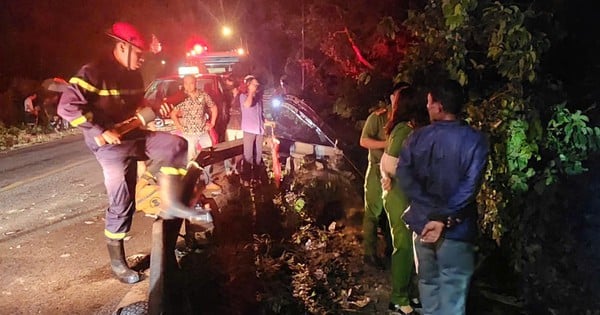
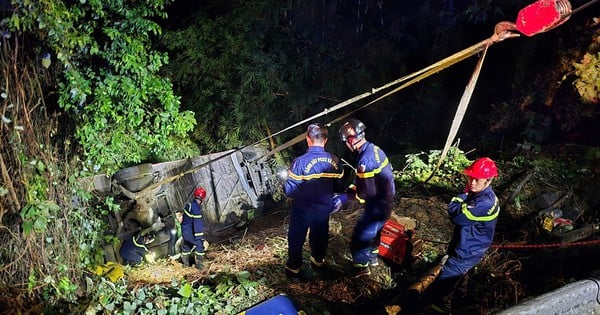
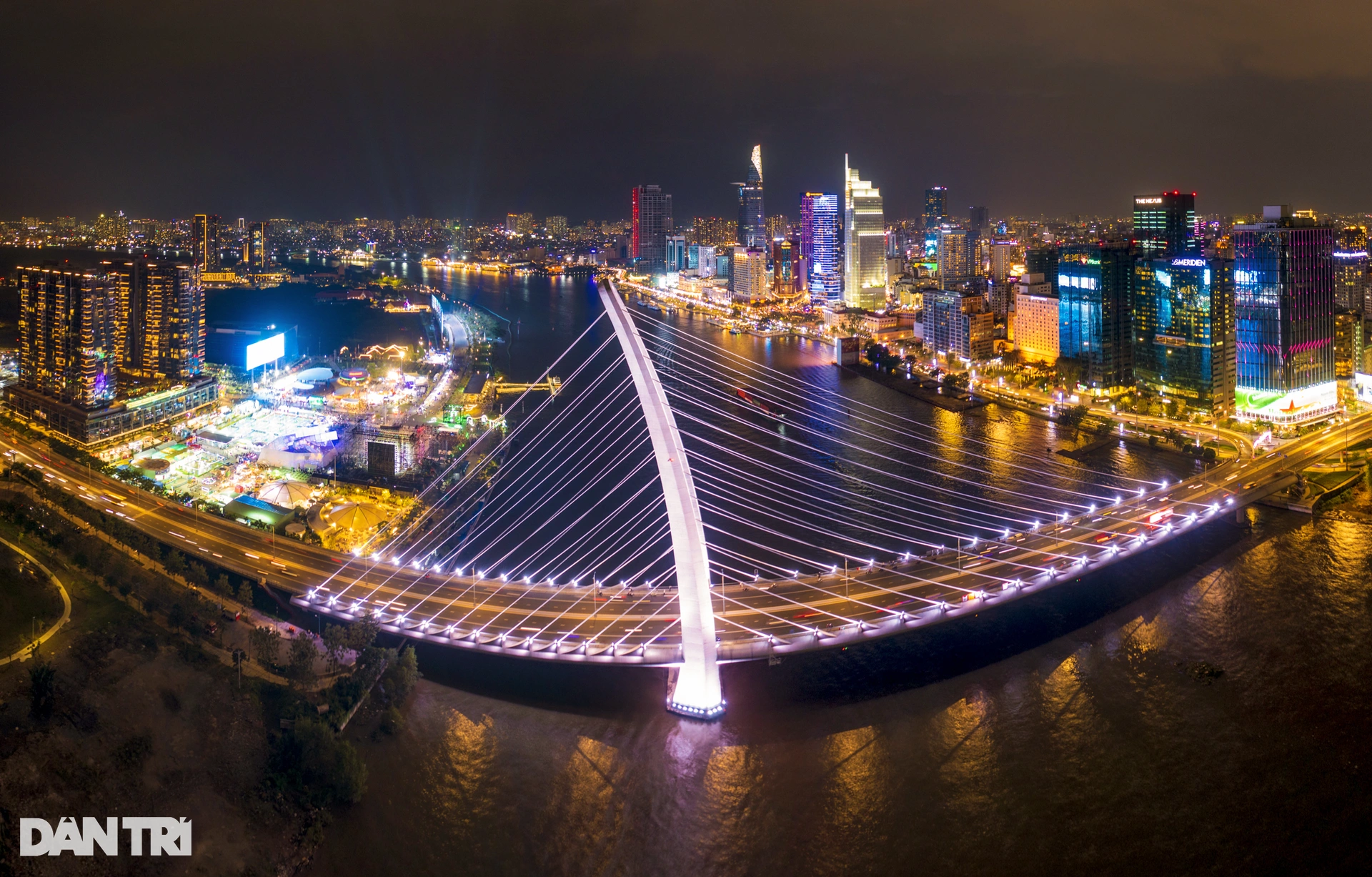



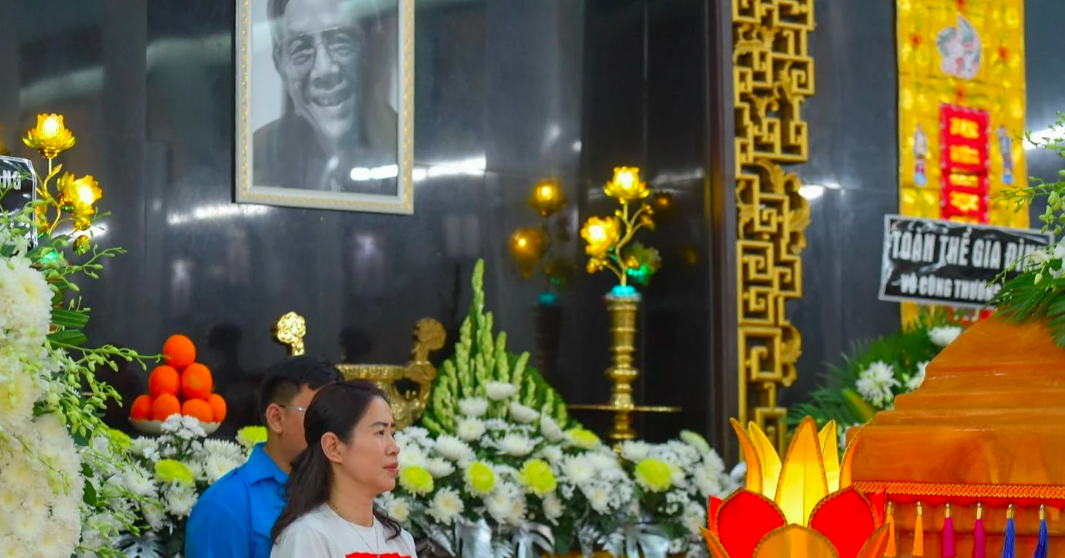


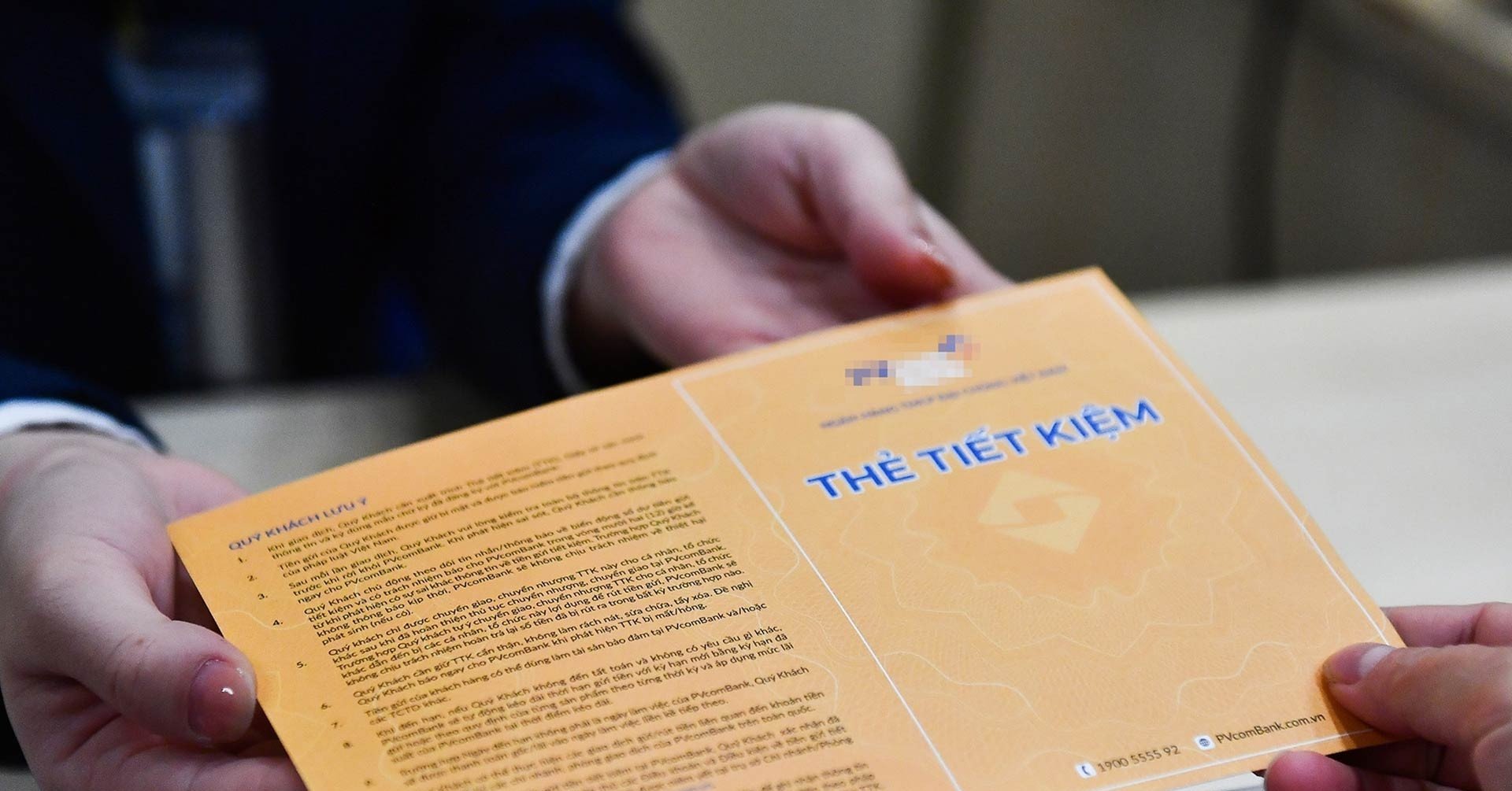
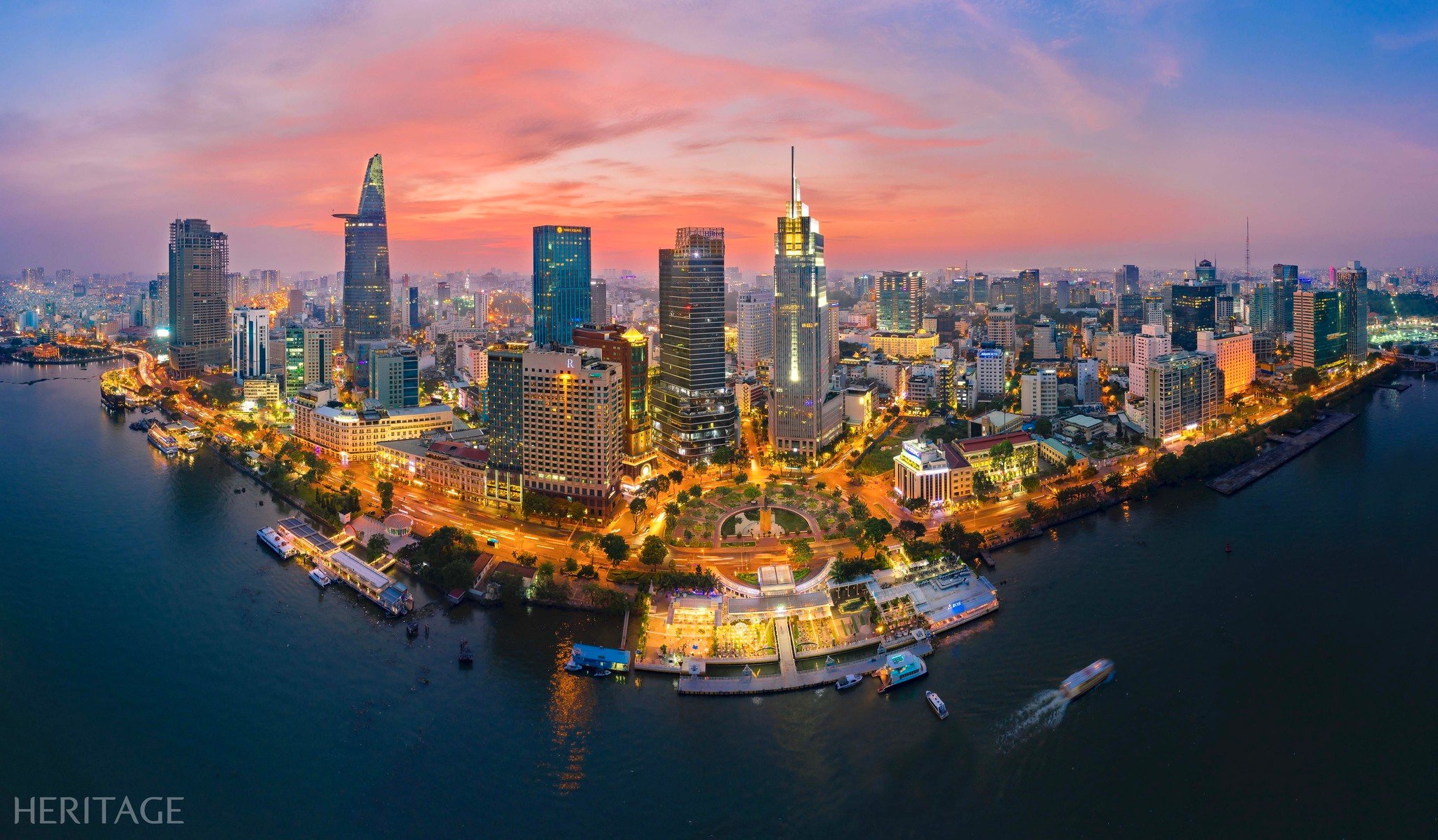


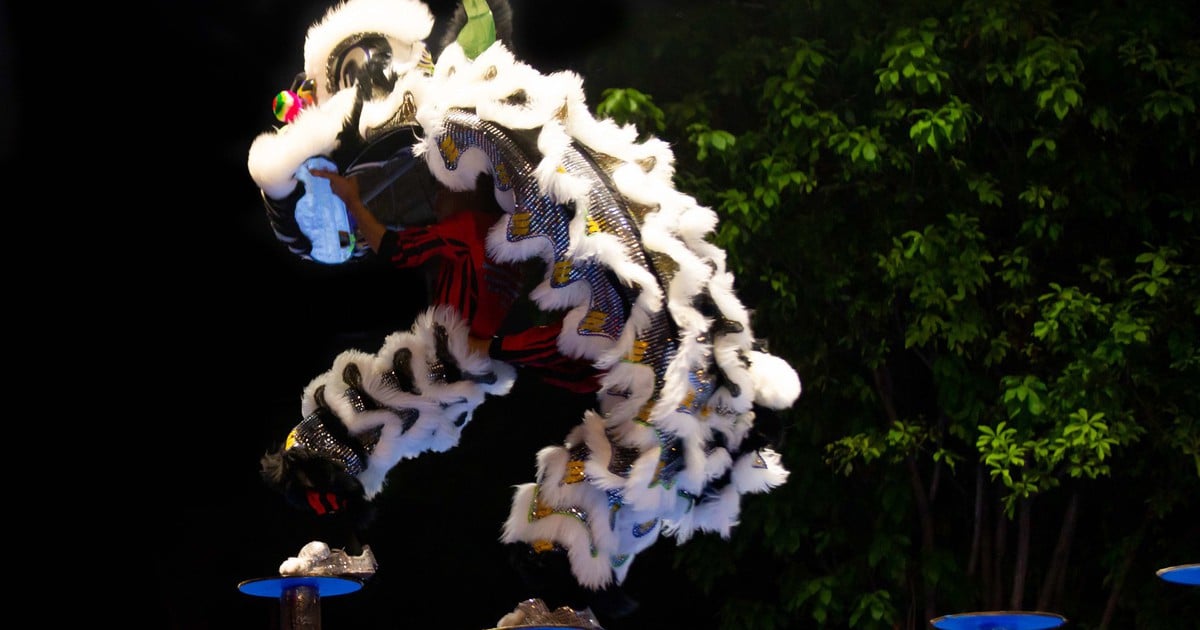

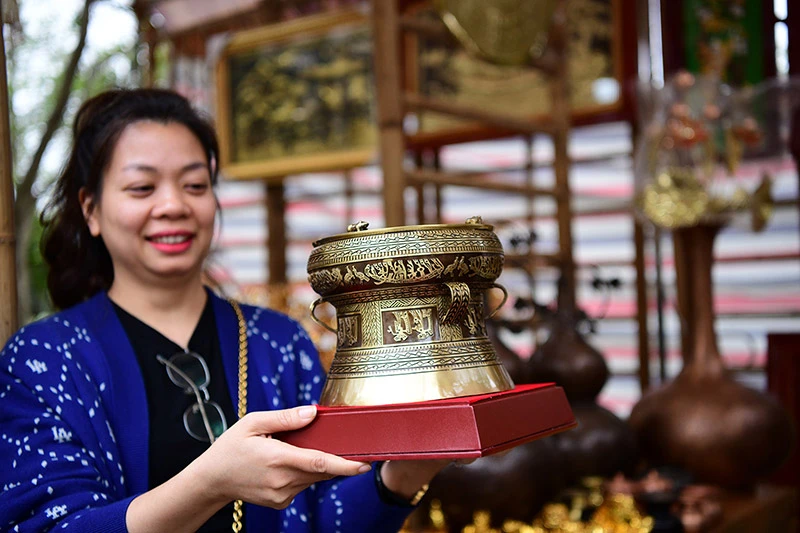

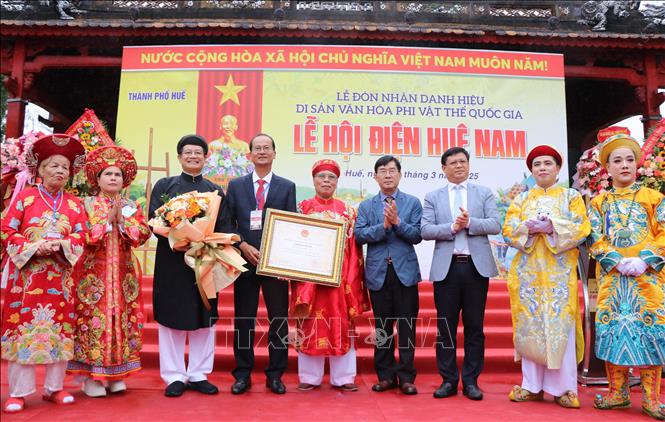

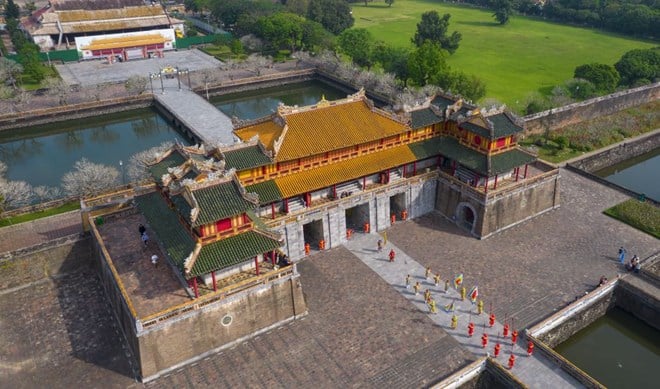



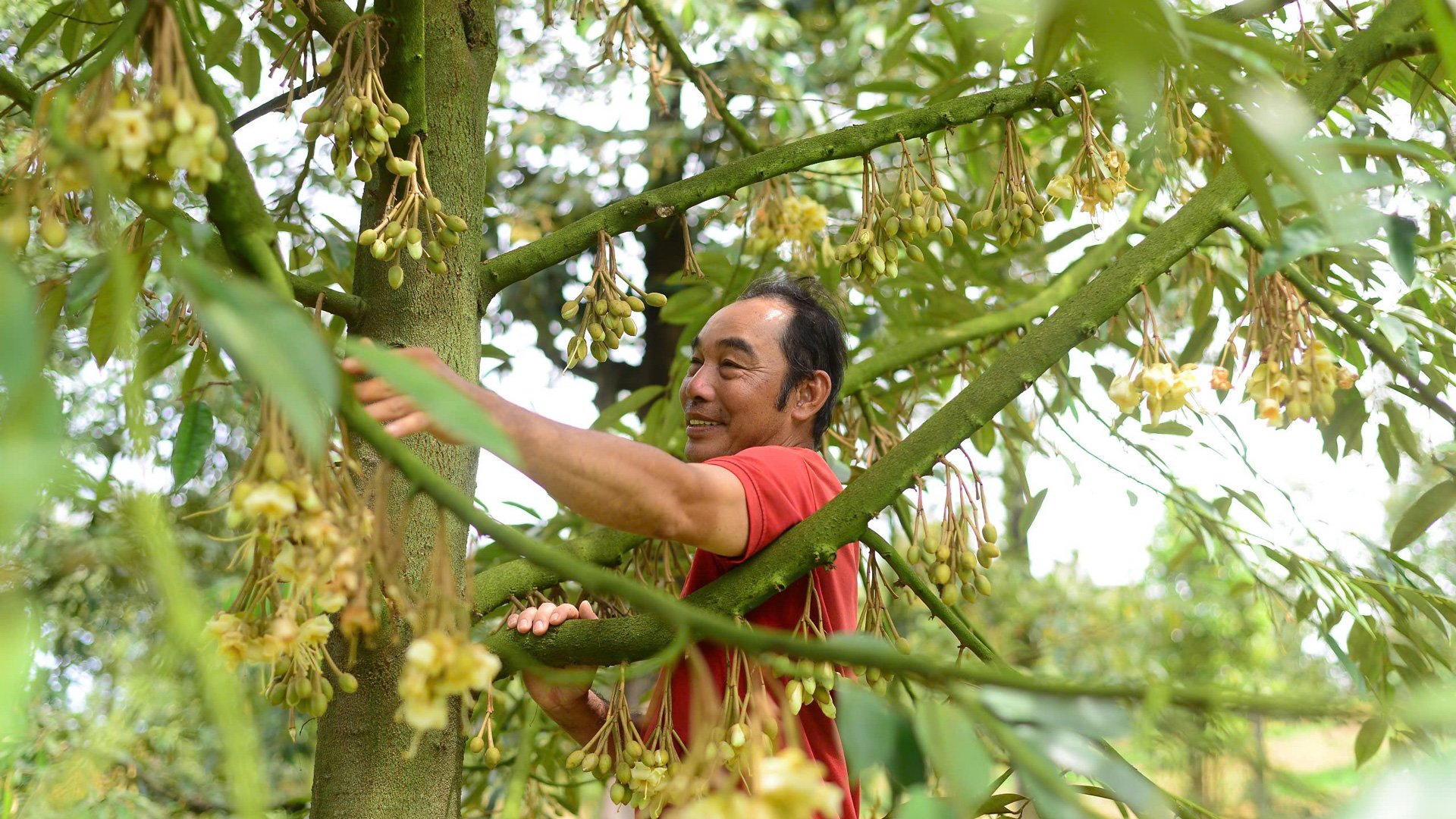

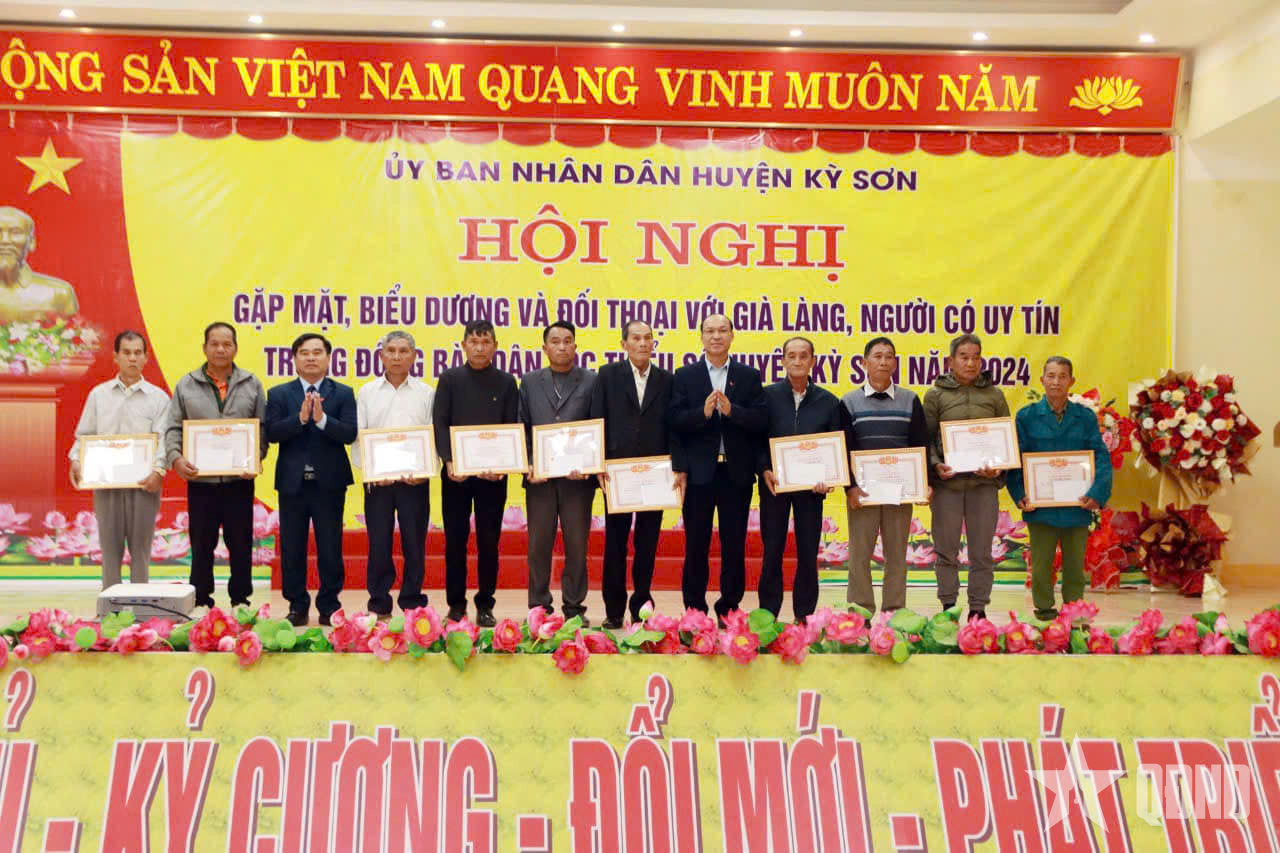







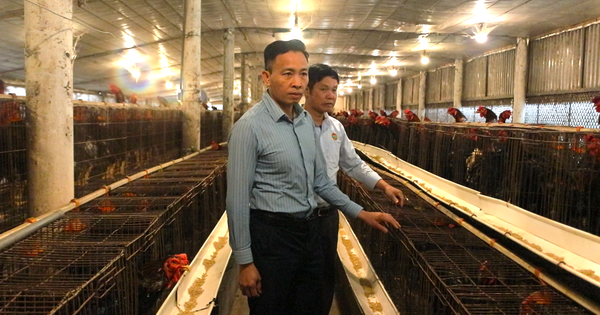









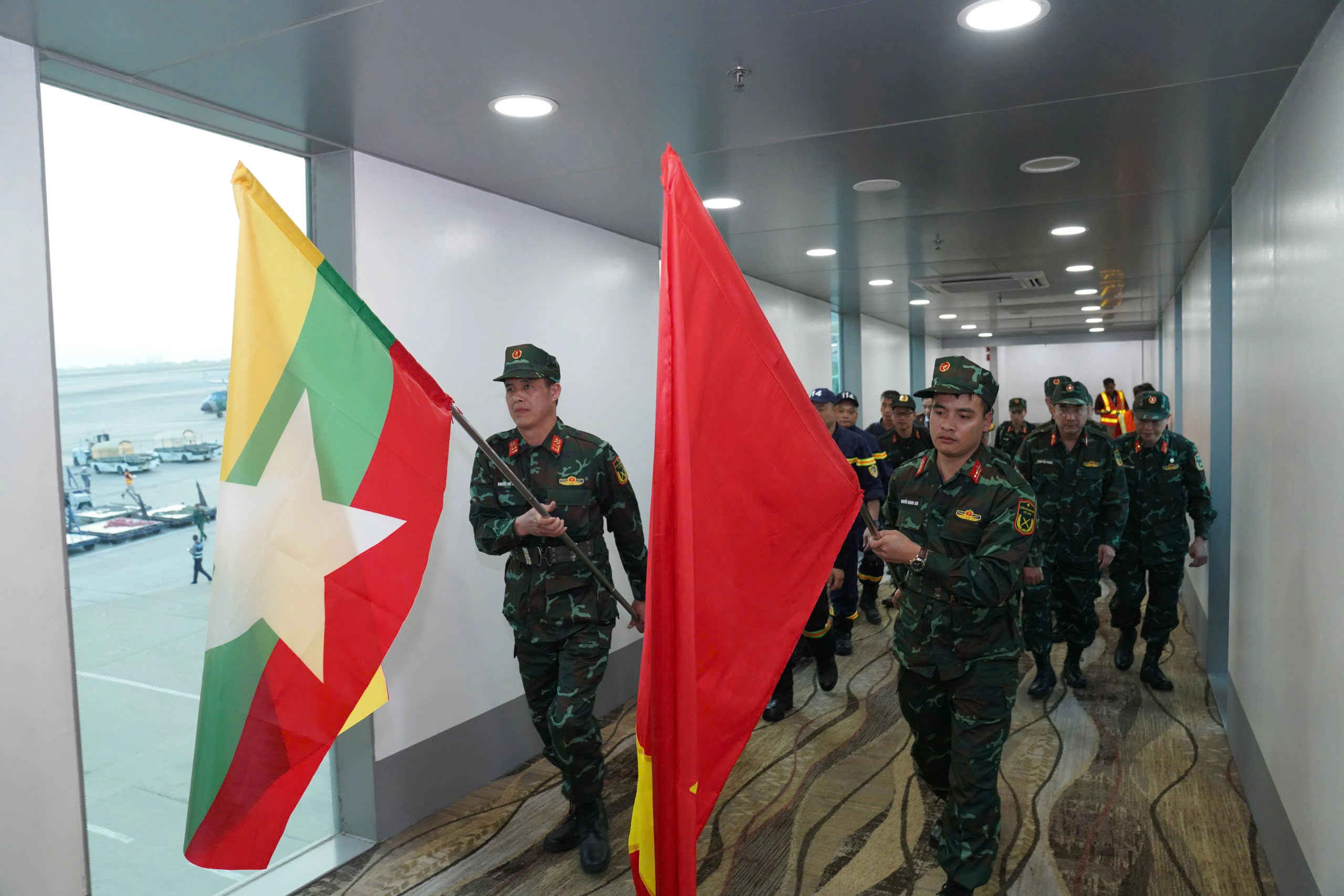



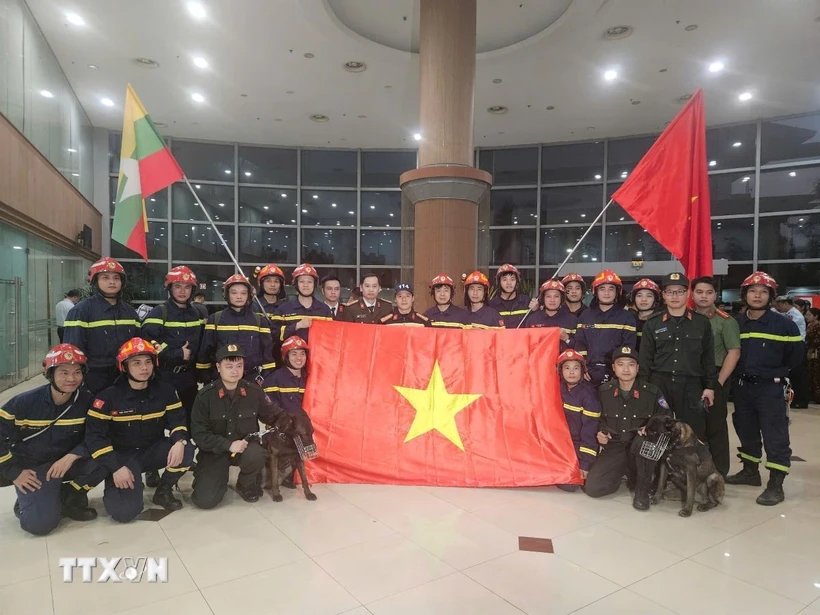

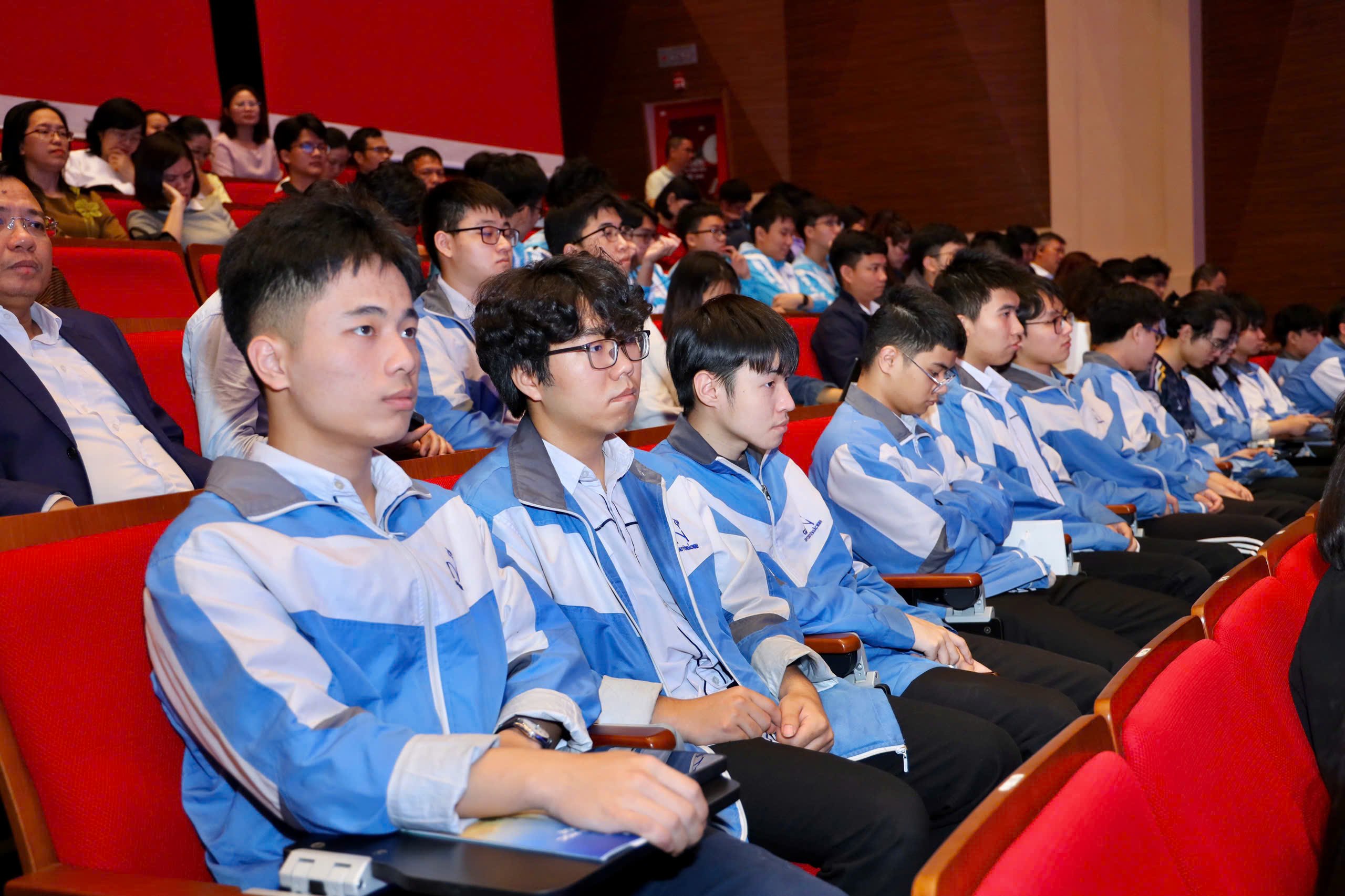

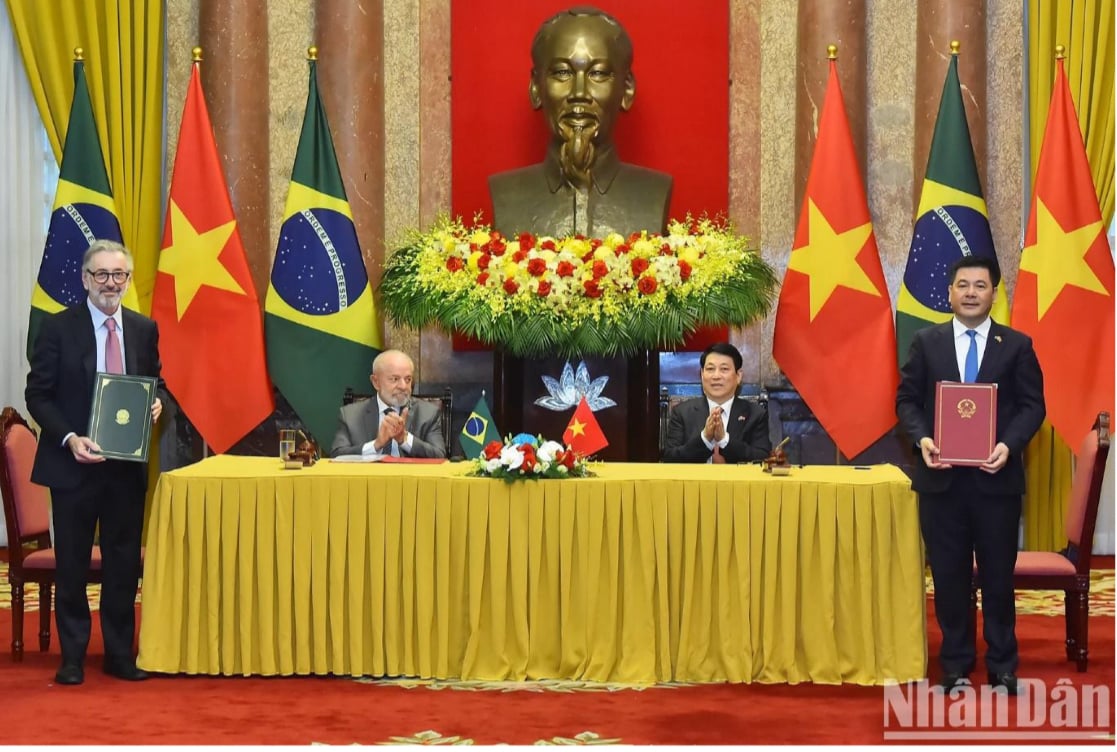

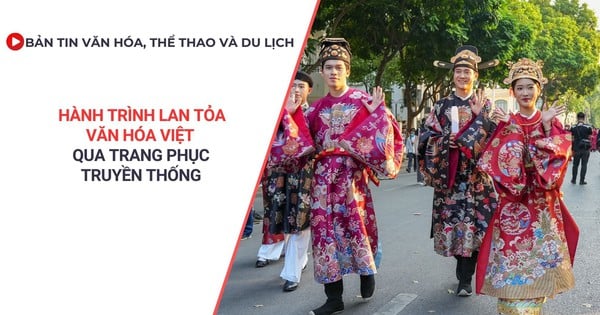

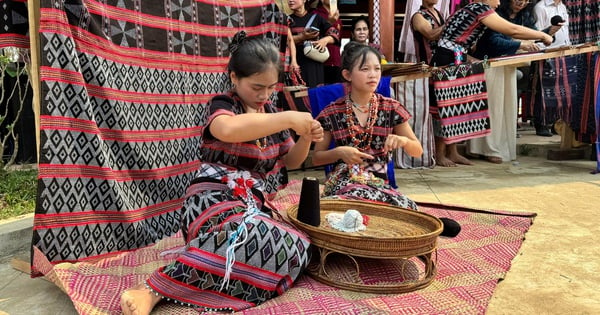
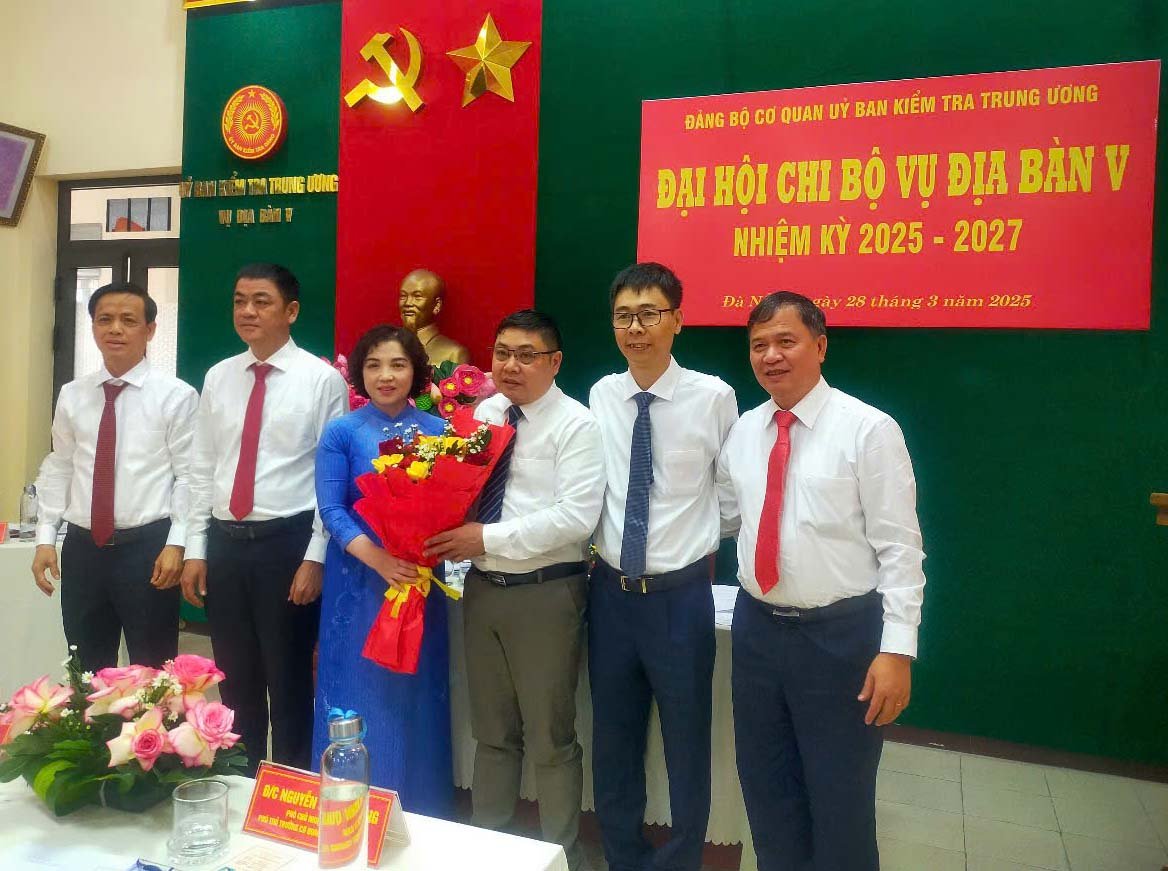

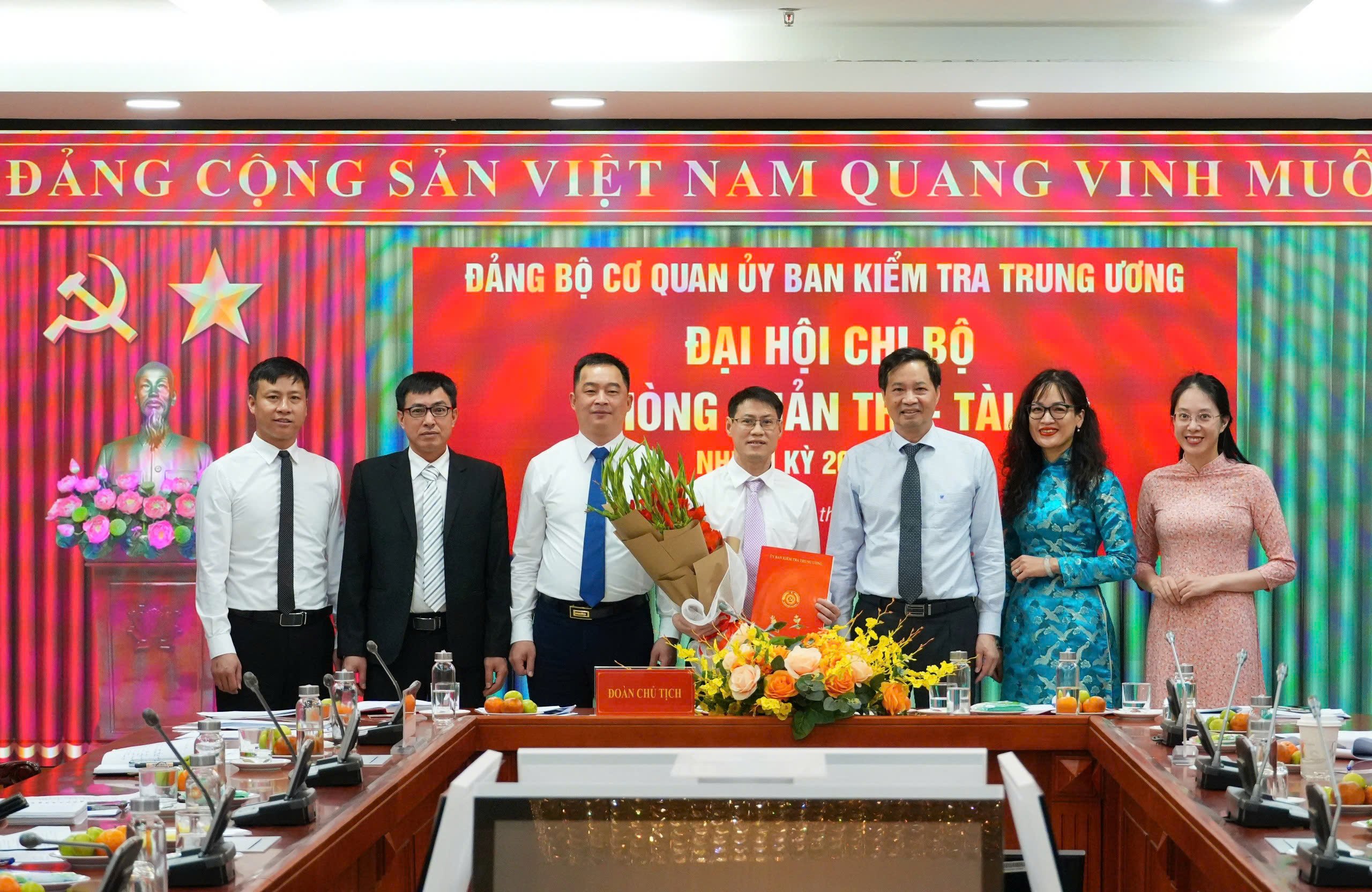
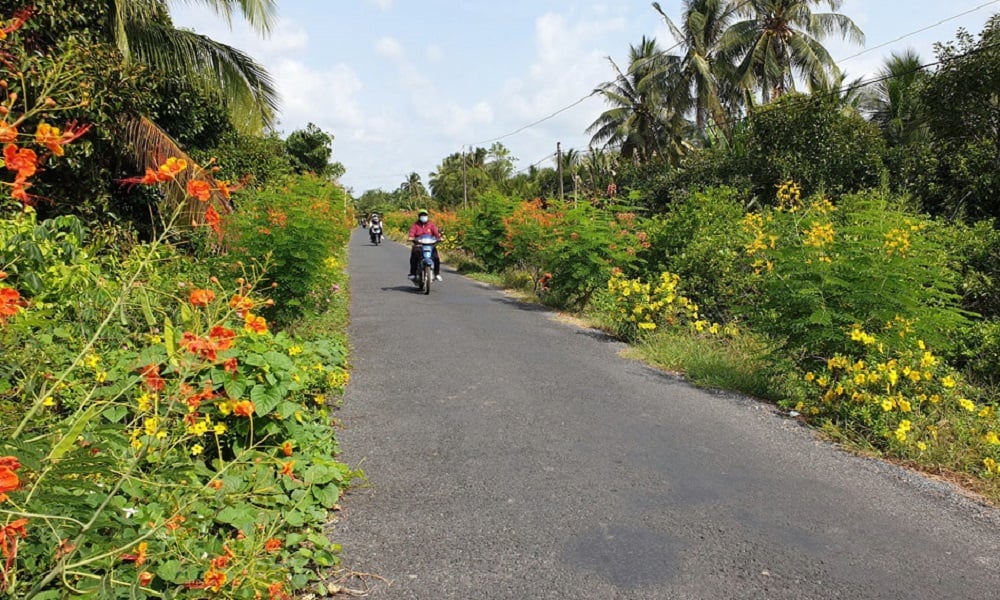
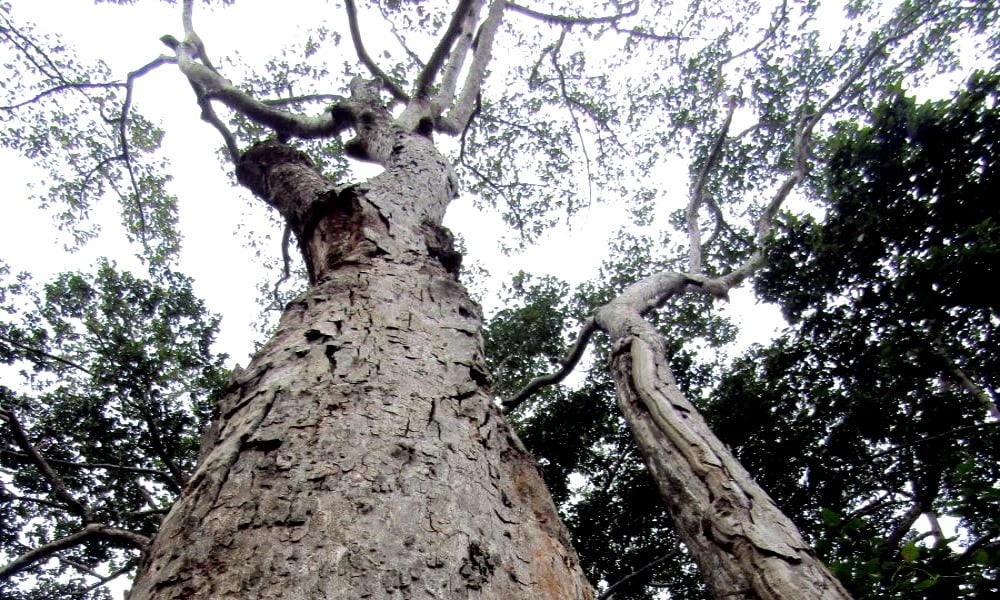
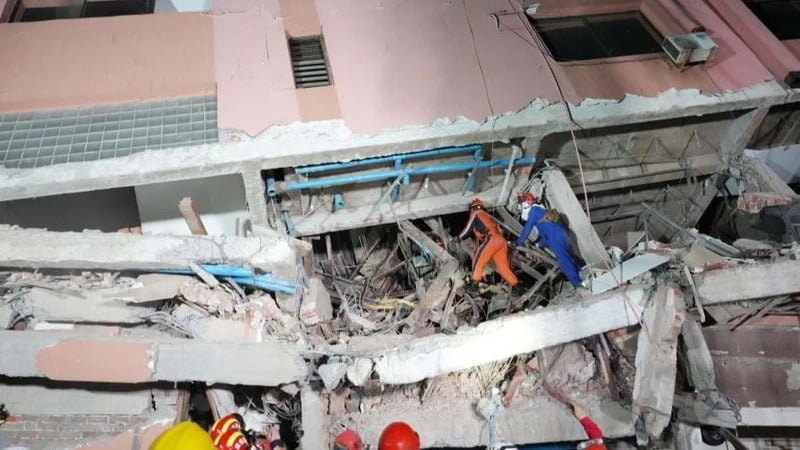

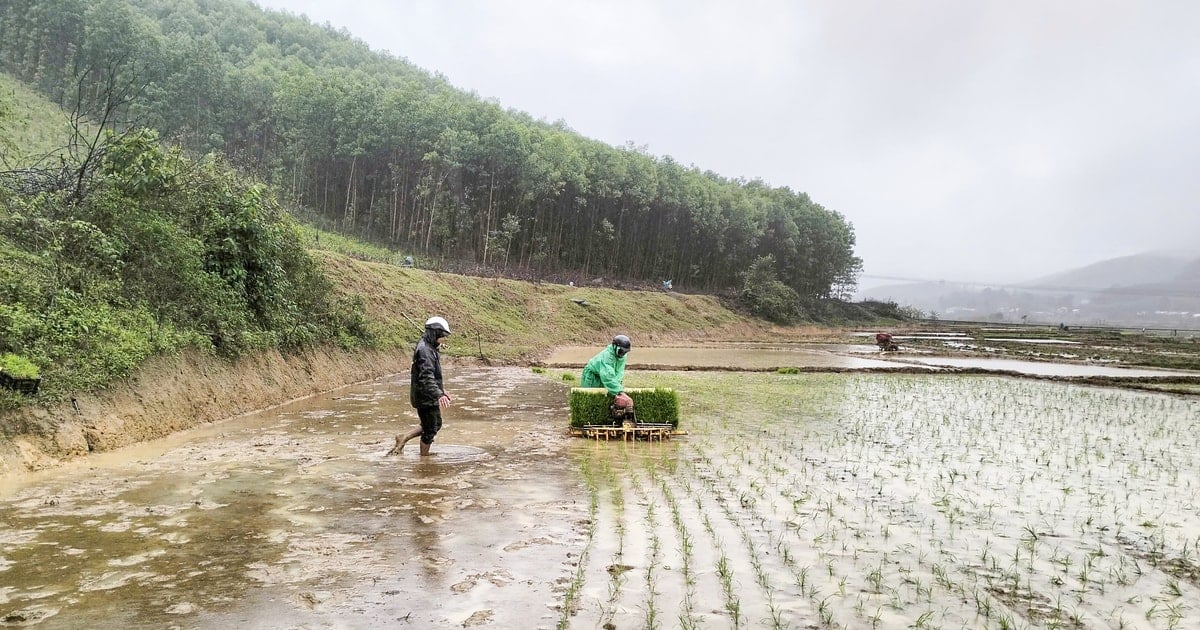



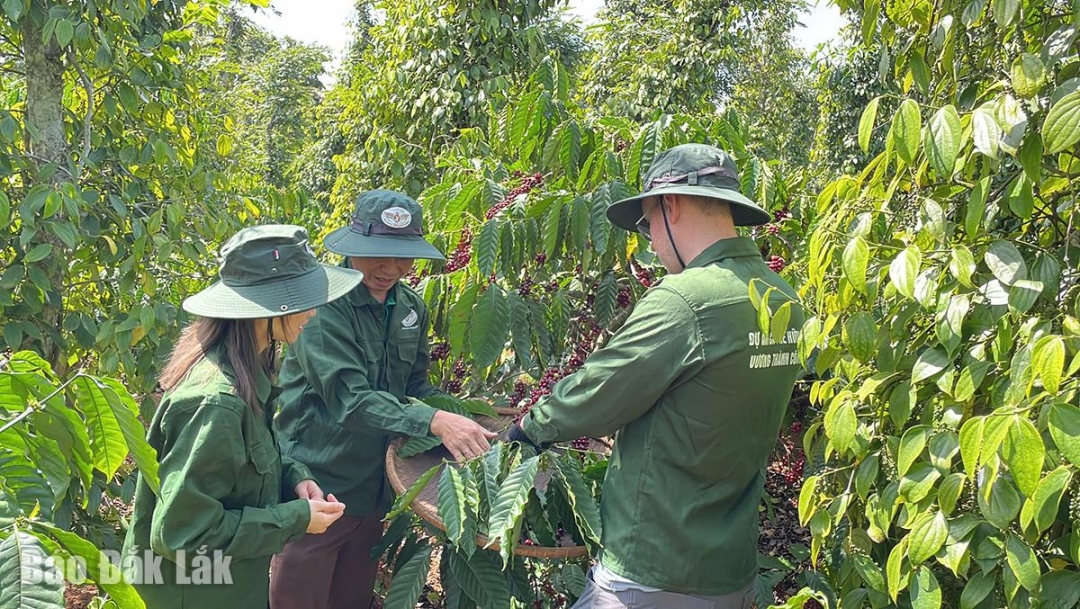

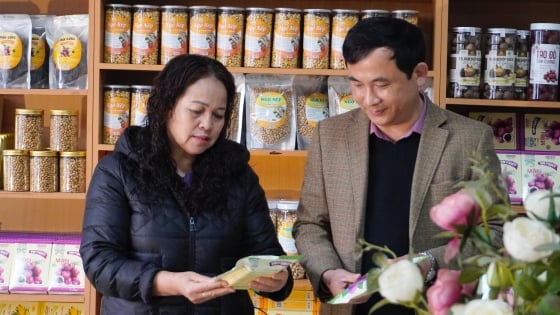



![[REVIEW OCOP] An Lanh Huong Vet Yen Cat](https://vstatic.vietnam.vn/vietnam/resource/IMAGE/2025/3/27/c25032328e9a47be9991d5be7c0cad8c)

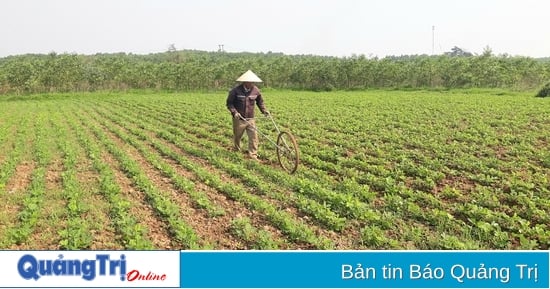
Comment (0)